As many Chicagoans were celebrating the Fourth of July with barbecues and after-dinner fireworks, relatives of Natalia Wallace were experiencing the worst day of their lives.
The 7-year-old girl was one of at least 80 people shot, at least 17 of those fatally, across the city during the violent holiday weekend, starting Thursday afternoon. Gunfire erupted outside her relative’s home Saturday on the West Side, and she became the latest in a horrific string of children whose lives have been taken away by gun violence in Chicago.
“Bullets just came from nowhere,” Natalia’s grandmother, Linda Rogers, said Sunday afternoon from the site of the shooting in the Austin community. “Whoever did it, I wish they’d come forward.
“I came out here and my grandbaby (was) lying on the ground,” Rogers said as she started to cry. “I couldn’t do nothing. My baby was lying on that ground. It didn’t take a minute.”
Despite the addition of some 1,200 police officers to the streets this holiday weekend, Natalia’s death comes as Chicago continues to struggle with an especially harsh toll of violence that has continued to take the lives of children and other innocent lives.
The weekend’s other young shooting victims included a 14-year-old boy and three others who have not yet been identified. They were killed Saturday night in Englewood after four masked gunmen opened fire at a large gathering, according to police. Four others were injured in the mass shooting, including an 11-year-old boy and a 15-year-old boy.
This marked the third consecutive week that young children have been killed in gun violence. A 20-month-old boy and a 10-year-old girl were killed in separate shootings last weekend. A week earlier, five children were fatally shot, including Mekhi James, a 3-year-old boy who was shot while riding in a car with his father.
On Sunday afternoon, an all-too-familiar scene unfolded in front of Natalia’s home as friends and family were reeling and mourning the sudden death of a child.
A makeshift memorial was set up for Natalia outside the home. Balloons and carnations decorated a nearby front lawn. A big teddy bear and other stuffed animals were affixed to a tree along with magenta and purple ribbons.
On the sidewalk, multicolored messages scrawled in chalk read “NATALIA WALLACE 1/22/13 – 7/4/20,” “RIP,” “GONE TOO SOON” and “WE GONE MISS YOUR SMILE.”
Less than 24 hours after the fatal shooting, family members struggled to make sense of what happened.
“Just being outside and doing what every other kid would do, and for your life to be cut down short like that. … It takes a toll on all of us,” said Nathan Wallace, Natalia’s father. “I’m hurt, I’m angry, I’m sad, disappointed. It’s something that no parent wants to do. Who wants to bury your child? It should be the other way around.”
On Sunday, several yellow smiley face balloons were tied to a fence outside Carpenter Park at 62nd and Carpenter streets, the area where the South Side mass shooting occurred. Debris was scattered all over the ground, including some used fireworks. Nearly 50 bullet casings from 9 mm and .45-caliber guns were found at the crime scene, according to a law enforcement source.
A woman from the block, who declined to be identified for privacy reasons, said Sunday that her son and 11-year-old grandson were among the surviving victims of the mass shooting from the night before.
In a calm tone, she told a Tribune reporter she learned about the shooting through a phone call from a relative, even though it happened down the block from her home.
“I was lying down in the bed, dozing off and I heard the ambulance, but I didn’t think nothing else about it, you know, until I got the phone call,” she said.
The attack happened only a few blocks away from the fatal shooting near 60th and Halsted streets of 20-month-old Sincere Gaston, who was among dozens of shooting victims during the last weekend in June.
“That’s all you hear, ‘Somebody got killed. Somebody got shot. A little kid got killed,’” the woman said about watching the news.
Another shooting with a large number of victims occurred in the Lawndale neighborhood on the West Side, police said. Six people were shot about 1:15 a.m. Sunday after someone in a vehicle fired into a group shooting off fireworks.
A 20-year-old woman was killed, three men are in critical condition and two other men were in good condition as a result of the shooting.
Last year over the long Fourth of July weekend, six people were killed and 63 were wounded by gun violence.
The last time the Fourth of July fell on a Saturday was in 2015, when 10 were killed and 55 others were injured. This year has already surpassed 2015\u2032s death toll with one night left of the weekend.
A chunk of the bloodshed occurred within a short time frame. Within just four hours — from 11 p.m. Saturday to 3 a.m. Sunday — 36 people were shot, nearly half of the weekend’s total so far.
The latest spate of gun violence prompted a small group of community activists to gather on a corner in Little Village on Sunday morning to call for President Donald Trump’s help in restoring “law and order” to Chicago.
Though the Chicago Police Department added extra officers to work the holiday weekend, Frank Coconate, a political operative and activist, said this was ineffective, due to a lack of cooperation between neighborhood leaders and the police.
“It’s not the police’s fault, they’re just doing what they are told to do,” Coconate said during the Little Village news conference. “A lot of this stuff is showing you what happens when police’s hands are tied by the mayor.”
Mayor Lori Lightfoot took to Twitter on Saturday night to lament the violence, including another child “whose hopes and dreams were ended by the barrel of a gun.”
“As families gather to commemorate the founding of our nation, we must ask ourselves: is this who we are as a city or as a country?” she wrote on Twitter.
“We cannot grow numb to this. We are making progress in slowing shootings, but we have to do better, every single one of us.”
Back on the West Side, Natalia’s family said the area needs more police because of the violence, not less, which has been a rallying cry for some activists since the May 25 death of George Floyd at the hands of police in Minneapolis.
“You hear this all the time on the news,” Nathan Wallace said, “but it hits home when it’s actually somebody that you know.”
The Rev. James Stevenson, who grew up in the Austin community, said the city is experiencing “another dimension of a pandemic.”
“It’s very violent. It’s senseless. It’s uncalled for. And I think that it’s time for us to bring back the solidarity of the community and some unity and some love,” said Stevenson, pastor of Sweet Relief Baptist Church in Austin. “People got to put the guns down.”
Stevenson, who once lived on the block where Natalia was killed, said Austin had white and Black families before becoming a mostly Black neighborhood as time went on.
“We were a family. And our parents raised each other’s children. This neighbor slept at my house. I slept at that neighbor’s house. And we would have block club parties. … It was no division. It was no adversarial activity. … But now things have drastically changed,” said Stevenson. “With the drug infestation. The unemployment. And with the lack of jobs and things of that nature … crime is on the rise. But we’re yet still here standing trying to bring some hope and possibility of hope to this community, and to those families over here.”
___
(c)2020 the Chicago Tribune
Visit the Chicago Tribune at www.chicagotribune.com
Distributed by Tribune Content Agency, LLC.
—-
This content is published through a licensing agreement with Acquire Media using its NewsEdge technology.



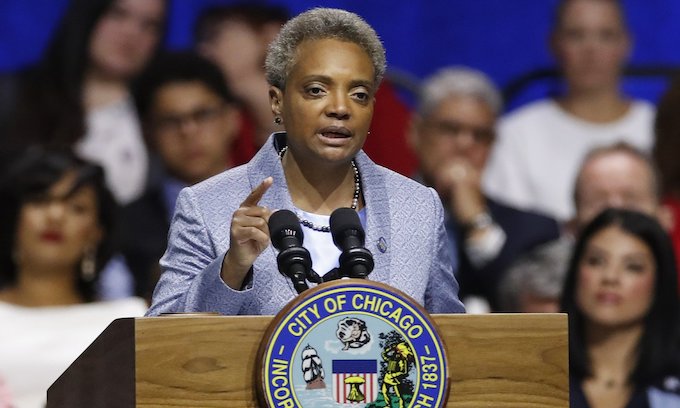
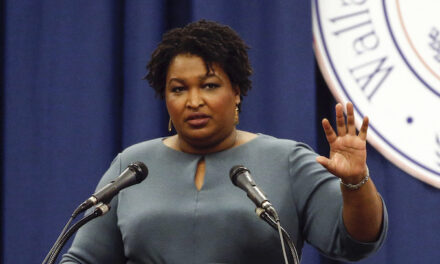
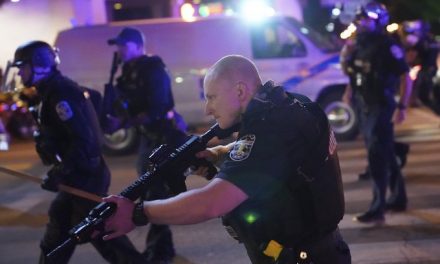
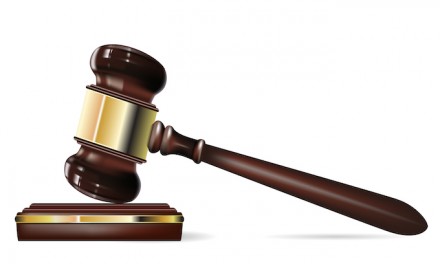
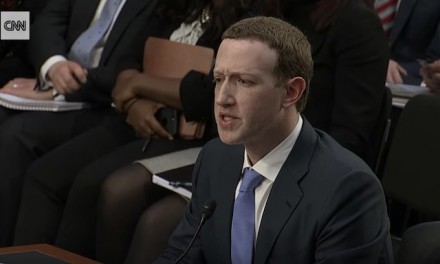






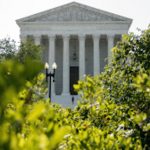



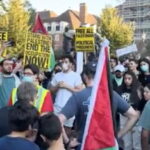
Recent Comments